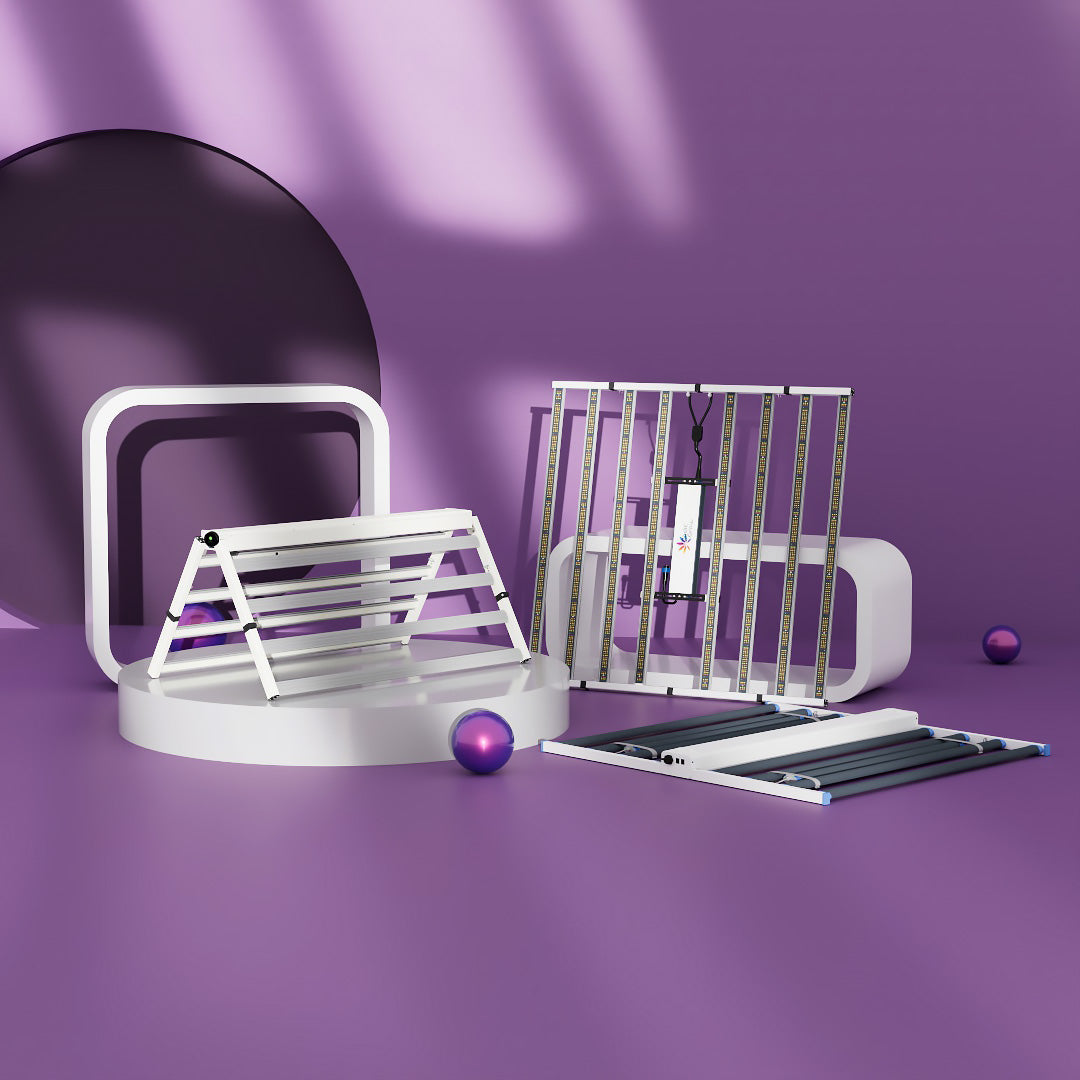9% OFF For New Subscribers

What Exactly is PPFD and Why Does It Matter for Plant Growth?
What Exactly is PPFD and Why Does It Matter for Plant Growth?
If you’ve ever looked into grow lights for vertical farming, greenhouses, or indoor cultivation, you’ve probably seen the term PPFD thrown around. But what does it really mean, and why is it often more important than just looking at watts or lumens? Let’s break it down.

🌱 1. From Light Bulbs to Photosynthesis: Why Lumens Aren’t Enough
-
Lumens measure how bright a light looks to human eyes.
-
Plants, however, don’t “see” light like we do—they use photosynthetically active radiation (PAR), light in the 400–700 nm range, for photosynthesis.
-
This is where PPF and PPFD come in.
📏 2. PPF vs PPFD — What’s the Difference?
-
PPF (Photosynthetic Photon Flux)
Measures the total number of PAR photons emitted by a light source per second, in micromoles per second (μmol/s).
Think of it as the “total amount of usable light” a fixture produces. -
PPFD (Photosynthetic Photon Flux Density)
Measures the number of PAR photons hitting a specific area per second, in micromoles per square meter per second (μmol/m²·s).
This tells you how much usable light your plants actually receive in a given spot.
💡 Key point:
PPF tells you how powerful a light source is.
PPFD tells you how much of that light actually reaches the plant canopy.
🎯 3. Why PPFD Is Crucial for Plant Growth
Plants have optimal PPFD ranges for different growth stages:
-
Seedlings: 100–300 μmol/m²·s
-
Leafy greens: 200–400 μmol/m²·s
-
Fruiting crops (e.g., tomatoes, peppers): 400–800 μmol/m²·s
-
Light-demanding crops (e.g., cannabis): 800–1200 μmol/m²·s
Too low → plants grow slowly and become weak.
Too high → plants can get light stress or photoinhibition.
🗺 4. Don’t Forget Light Distribution
Two lights with the same PPF can give very different PPFD readings across your grow area.
A good grow light should not only have high PPF, but also uniform PPFD distribution to avoid “hot spots” and shaded corners.
📊 5. How to Use This in Practice
-
When shopping for grow lights, check both PPF and PPFD values.
-
Compare PPFD maps from manufacturers to see how light spreads in your grow space.
-
Adjust distance and layout to match your target crop’s PPFD needs.
📌 Takeaway
Think of PPF as the “total amount of food” your lamp produces, and PPFD as the “amount of food your plants actually eat.”
Only when the two work together—high enough PPF with even, crop-appropriate PPFD—will your plants thrive.
Featured Products

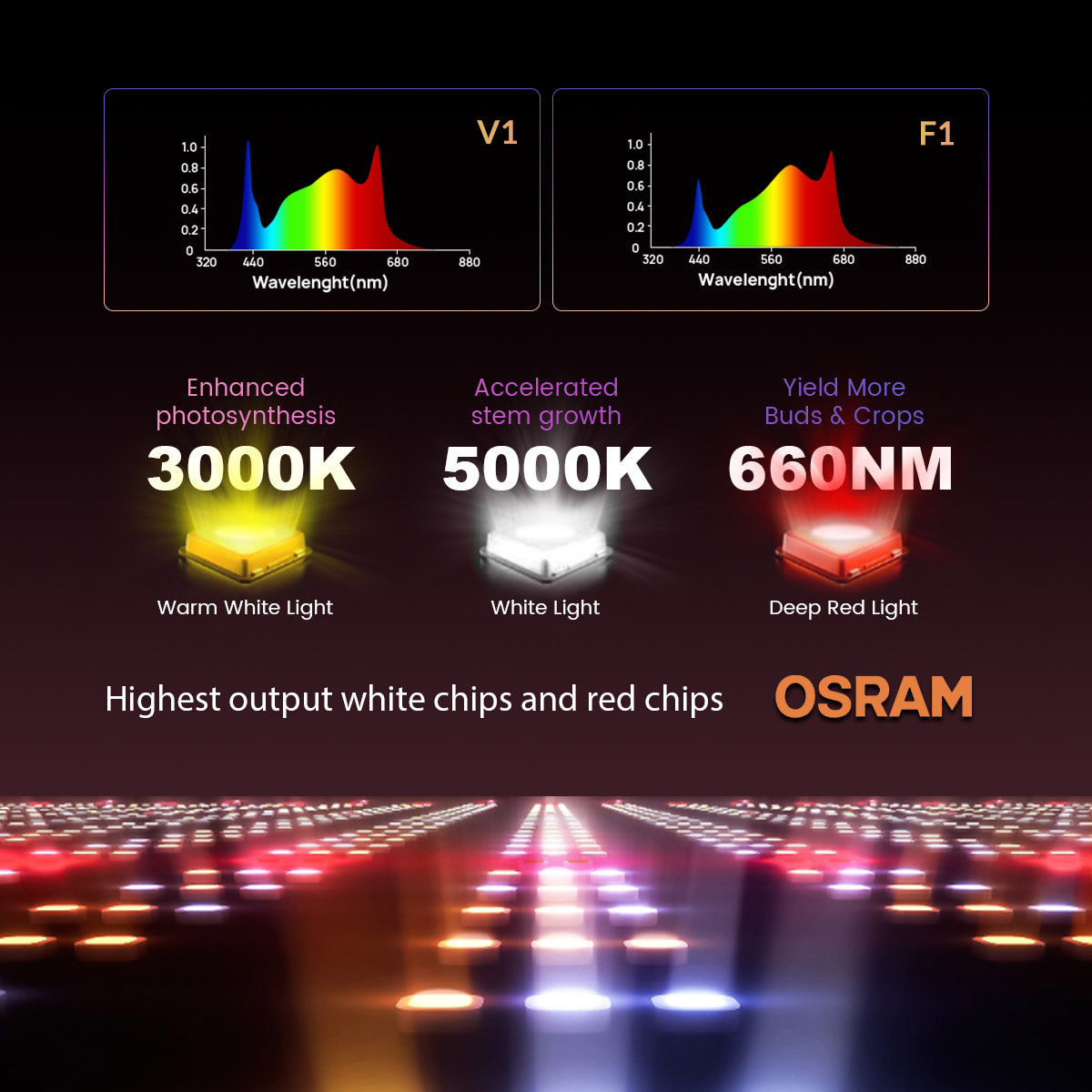
Medic Grow Fold-8 Full-Spectrum 760w Commercial LED Grow Lights ETL & DLC Certified for 4X4/5X5


Medic Grow MINI SUN-2 Full Spectrum Dimmable 150W-500W LED Grow Light for 2X2/3X3


Medic Grow Ez-8 Smart Dimmable Full Spectrum 1000 Watt LED Grow Light for 5X5 Planting
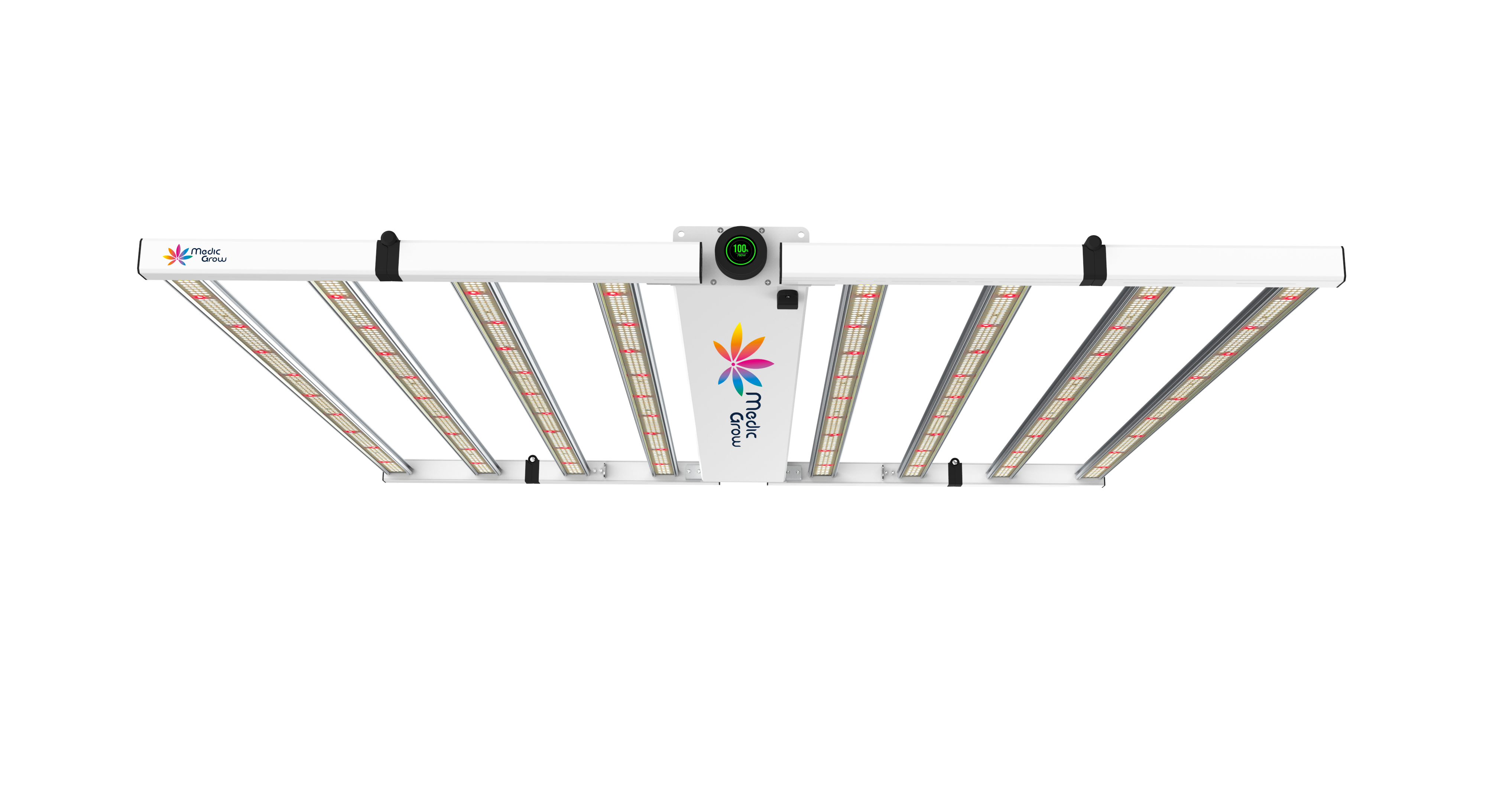
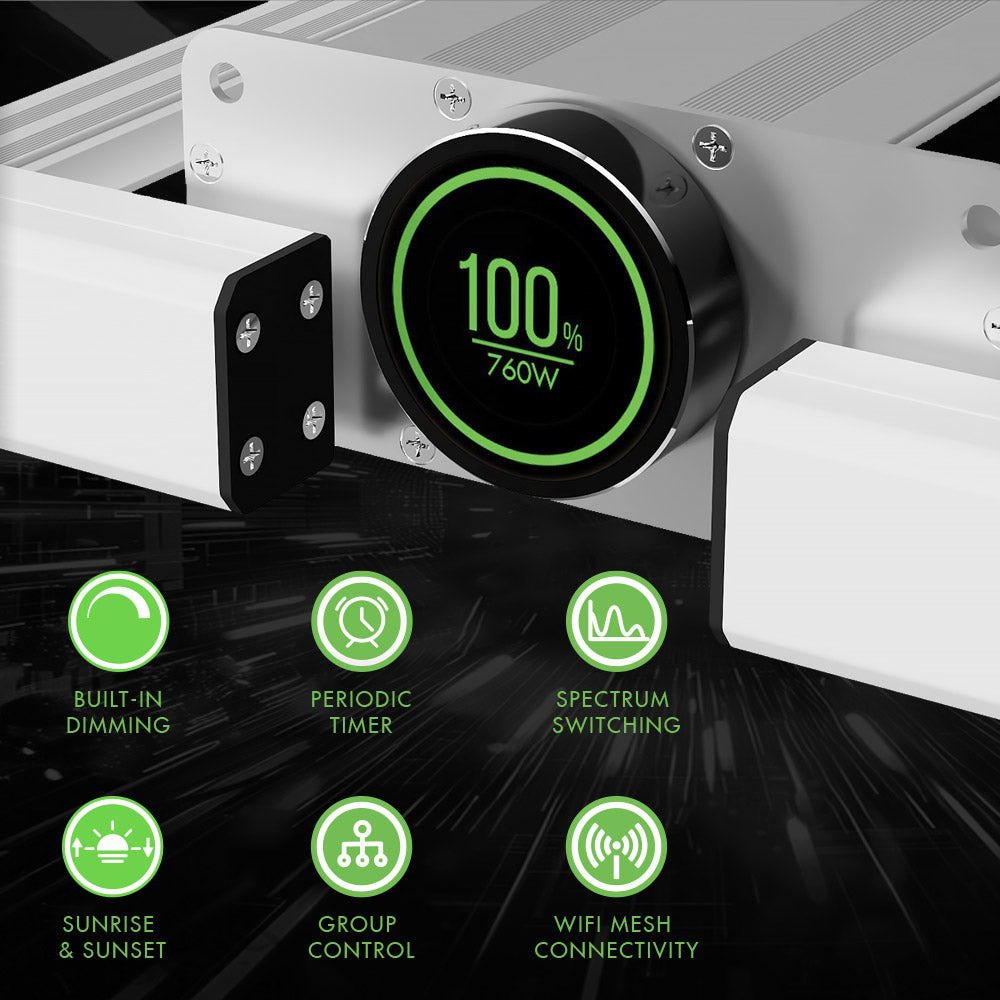
Medic Grow Neo-780/1000 Smart Adjustable Spectrum LED Grow Lights 780/1000w for Veg and Flower
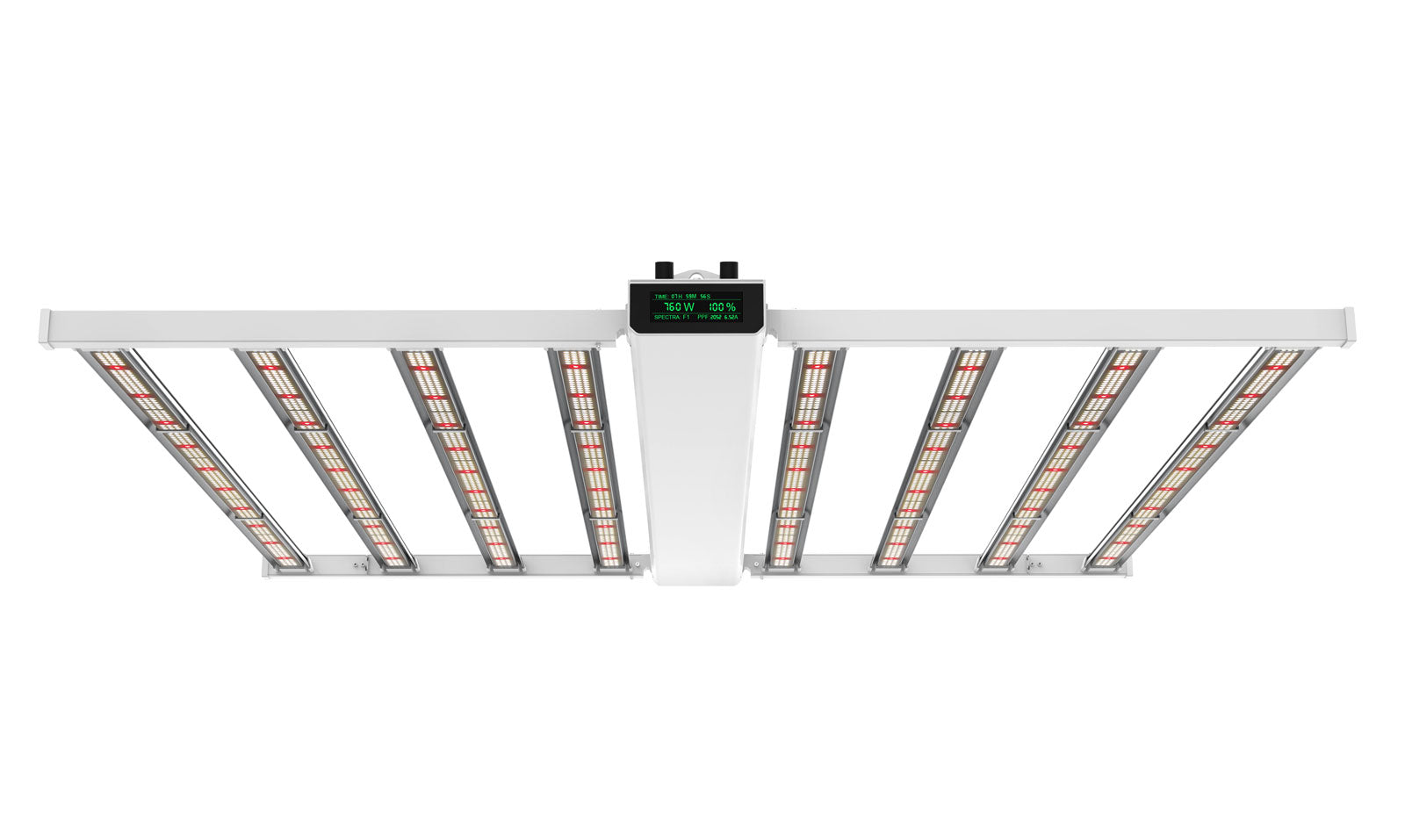
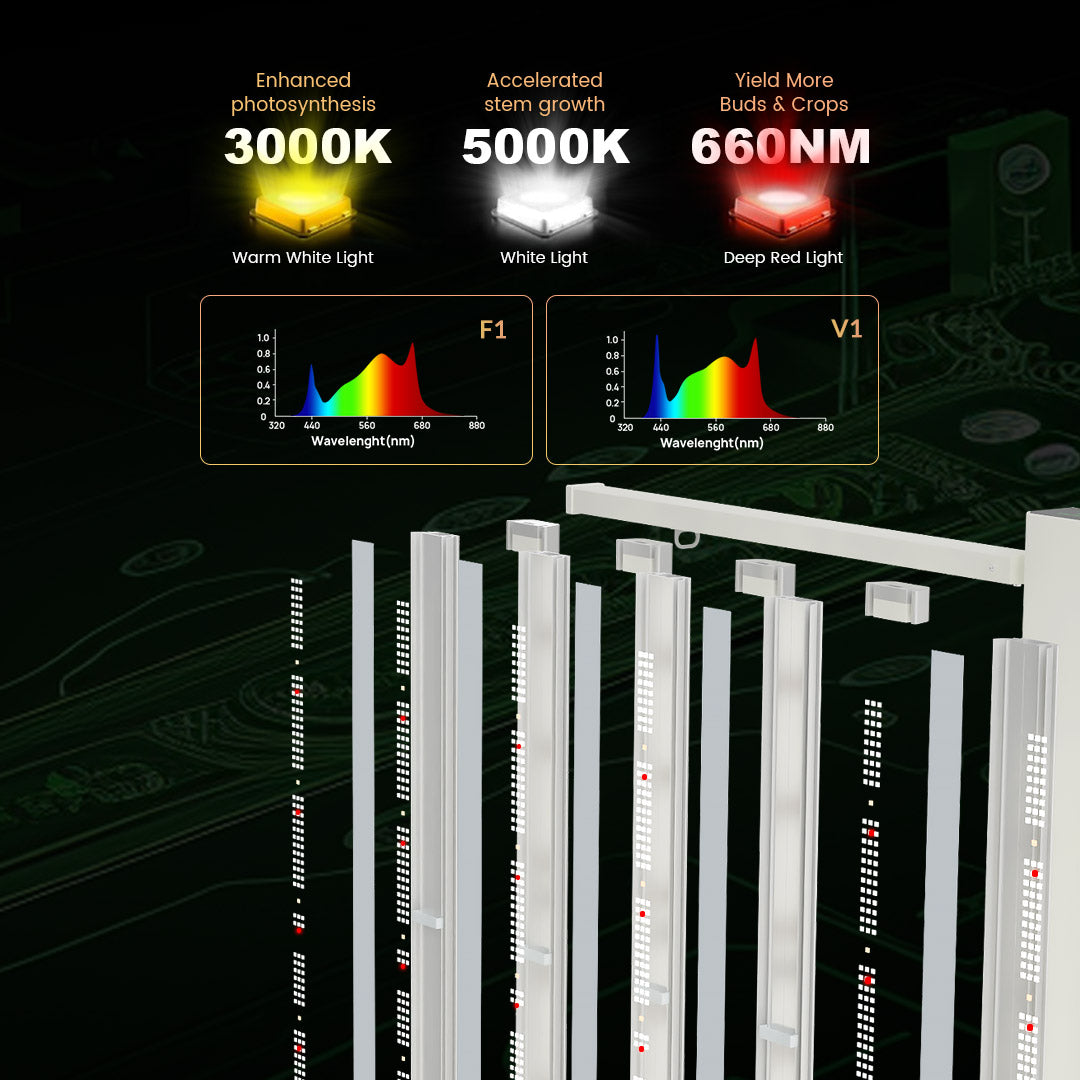
Medic Grow Smart-8 Full Spectrum Dimmable 760W LED Grow Light with Timer - High Yield Lamp for 5x5 Tent
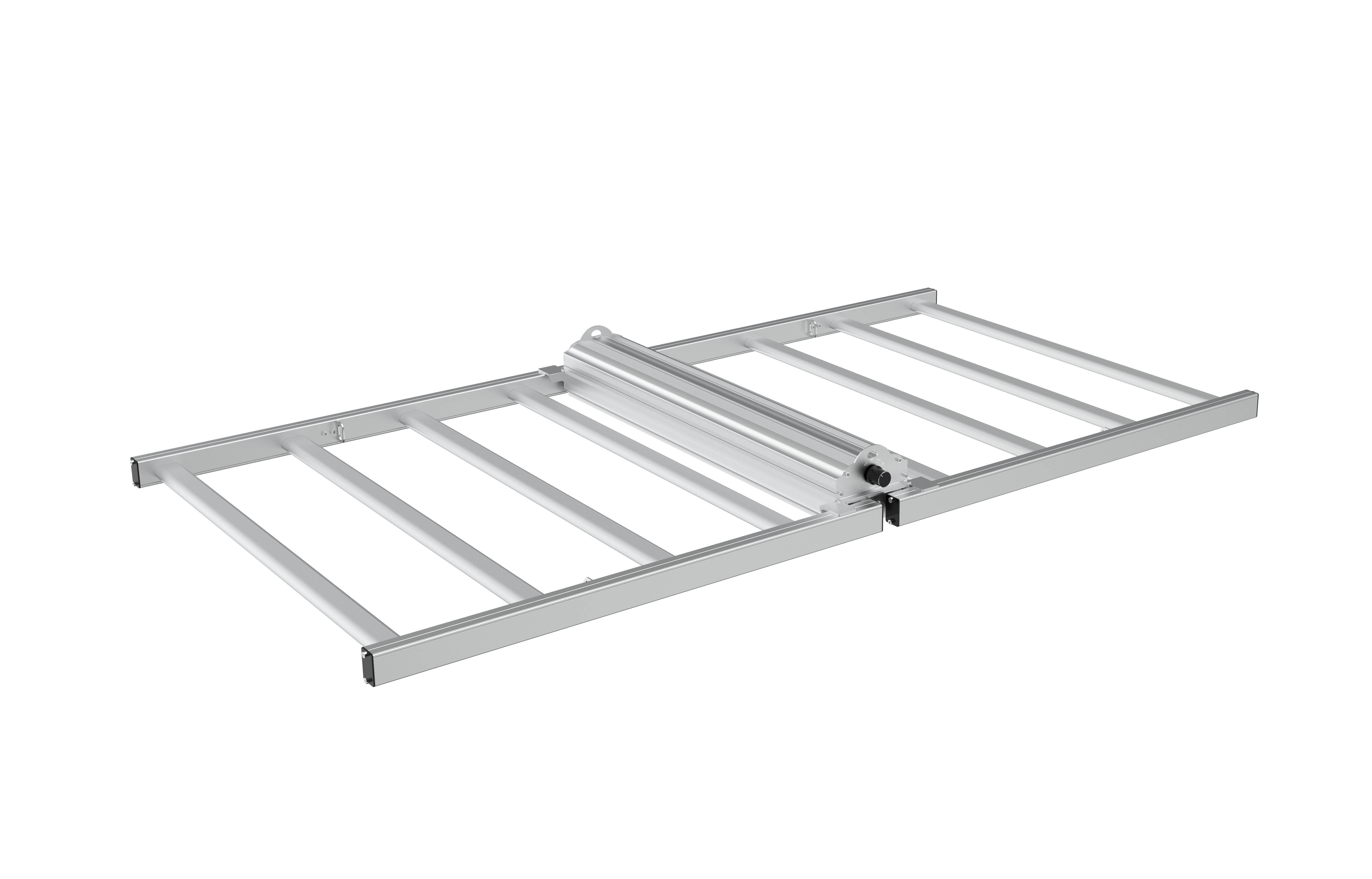
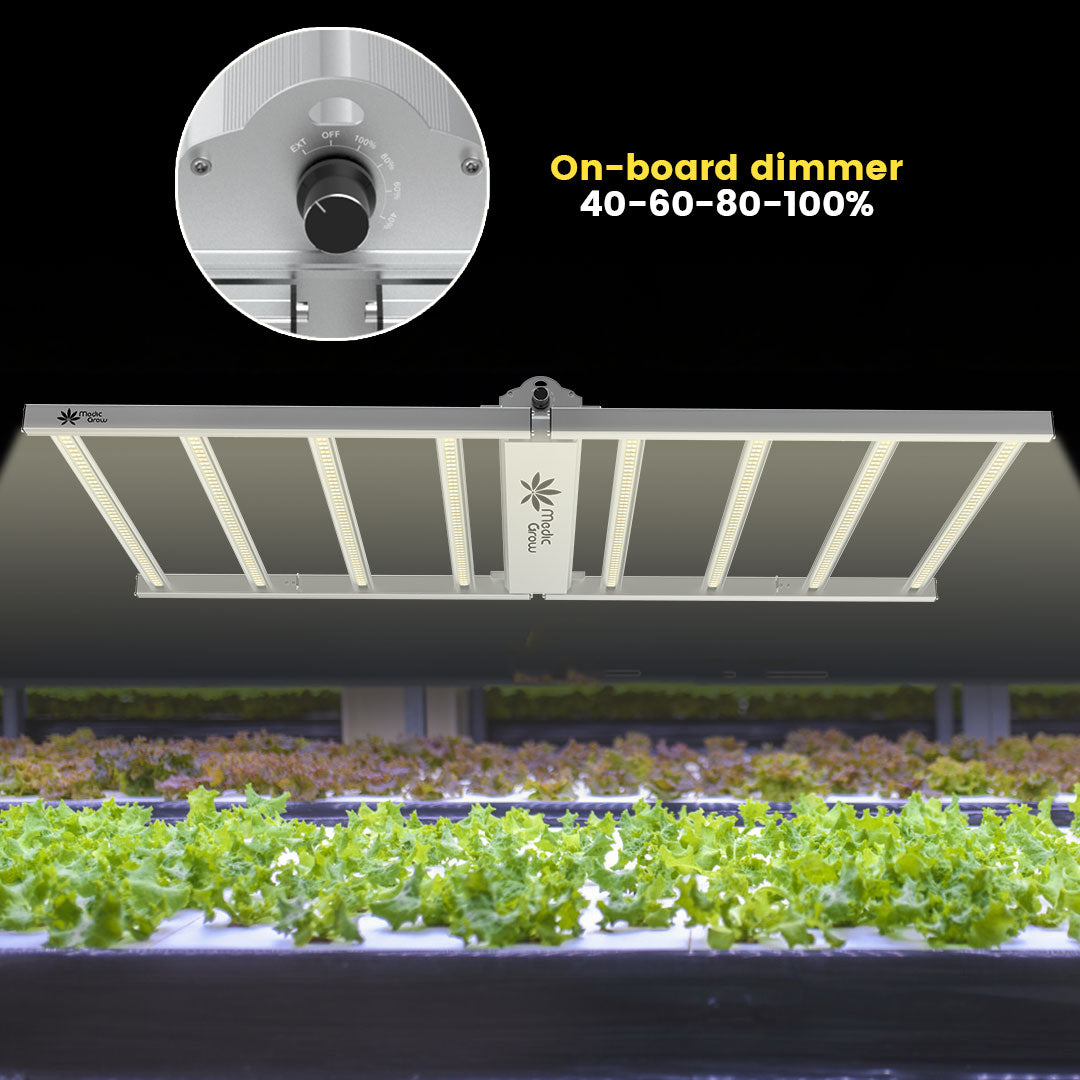
Medic Grow Venus Full Spectrum Cost-Effective 200W LED Grow Light for Vegetative and Beginner: 2X4FT
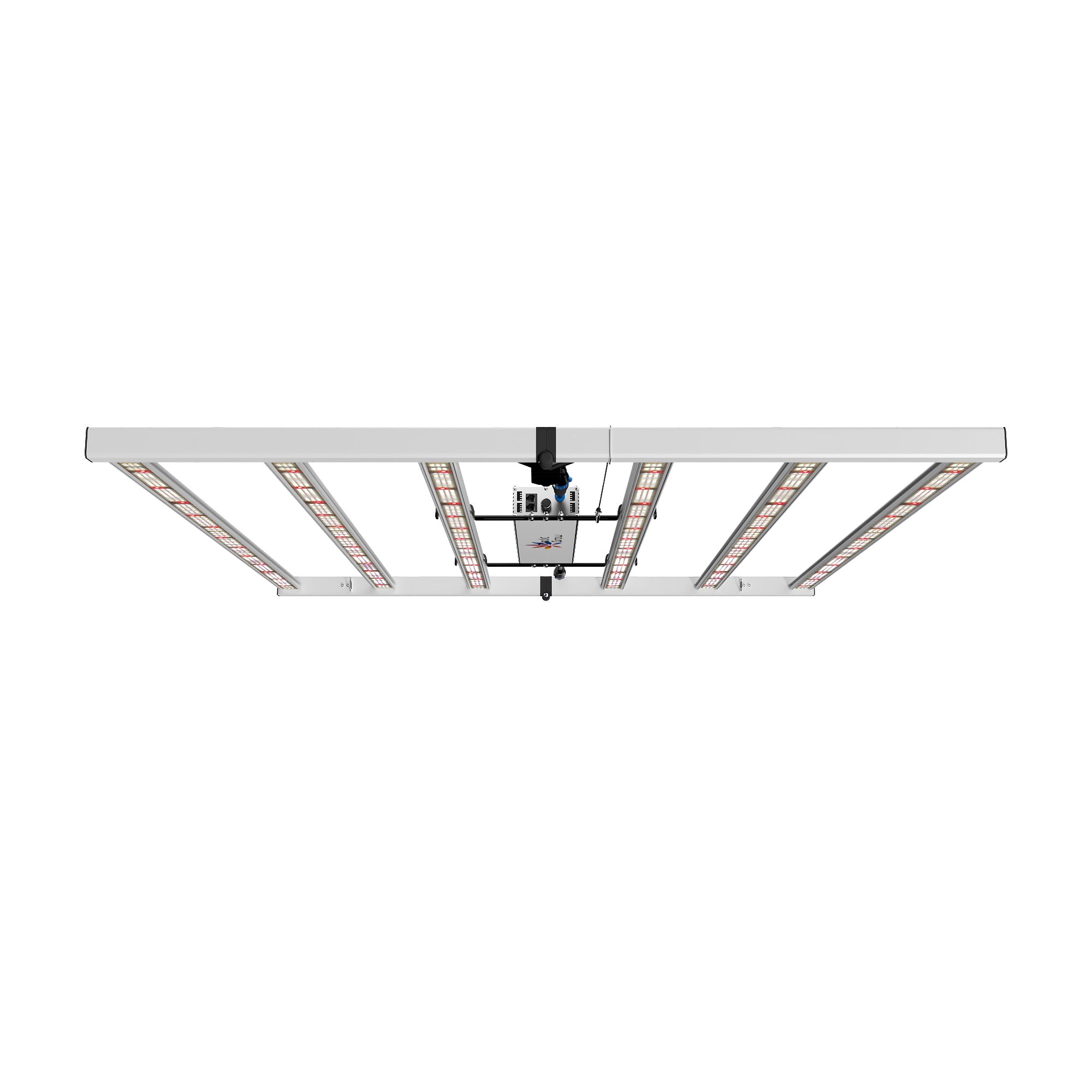
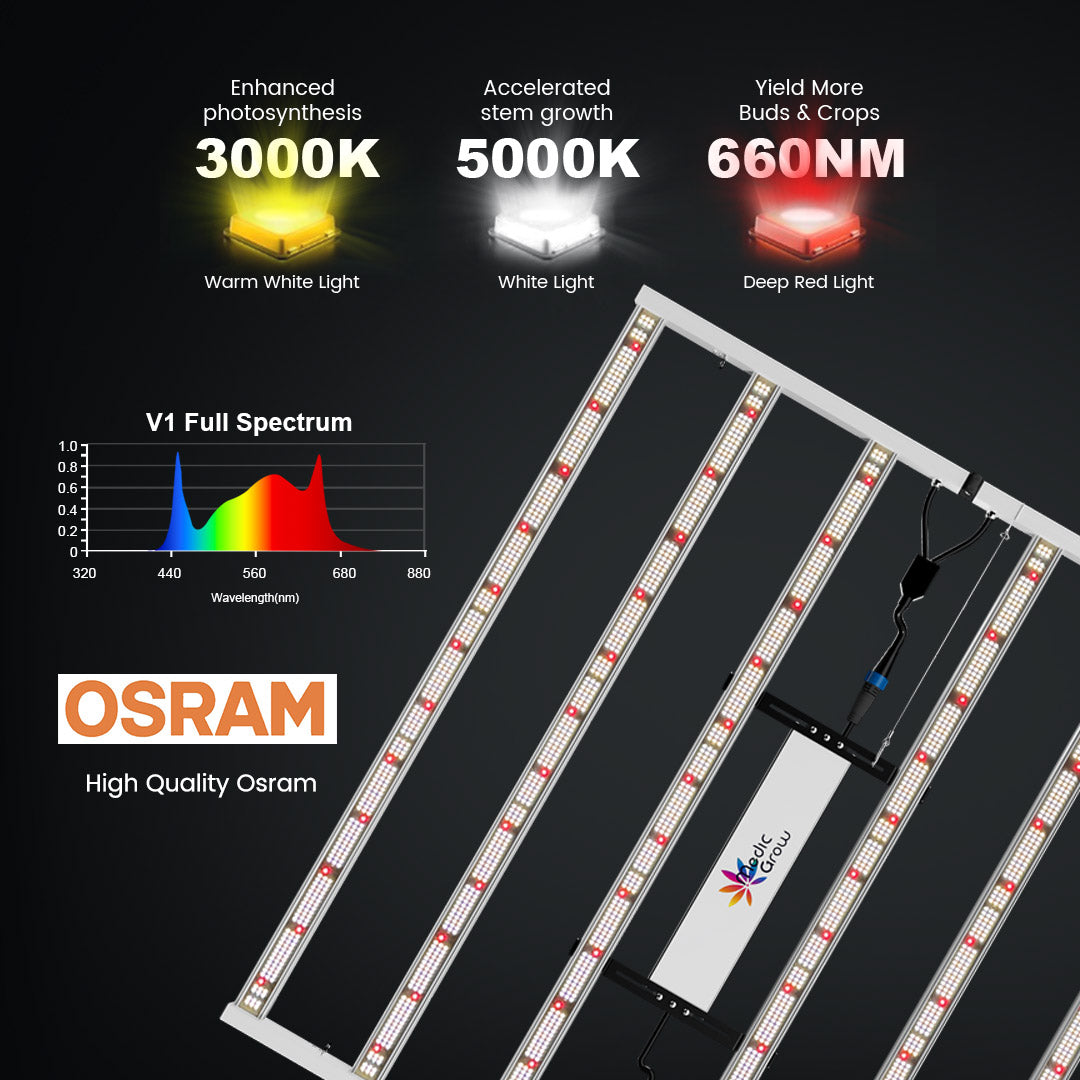
Medic Grow Fold-650 Built-in dimmer 650W Led Grow Lights V1 Spectrum
Blog Posts

- Growing Tips
Unlocking the Secret of Grow light : How U1 & V1 Lights Help Plants Thrive Indoors!
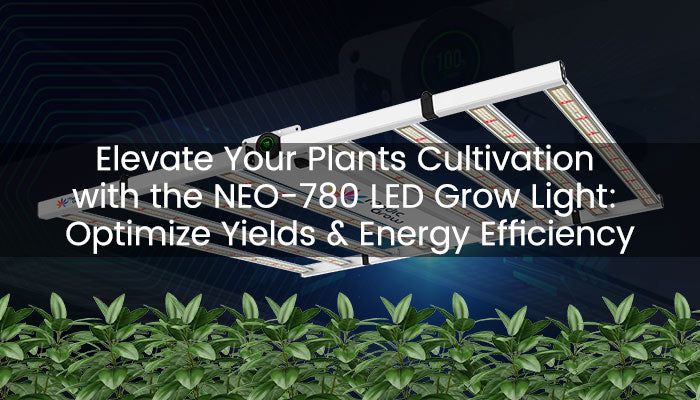
- led grow light
Elevate Your Plants Cultivation with the NEO-780 LED Grow Light: Optimize Yields & Energy Efficiency
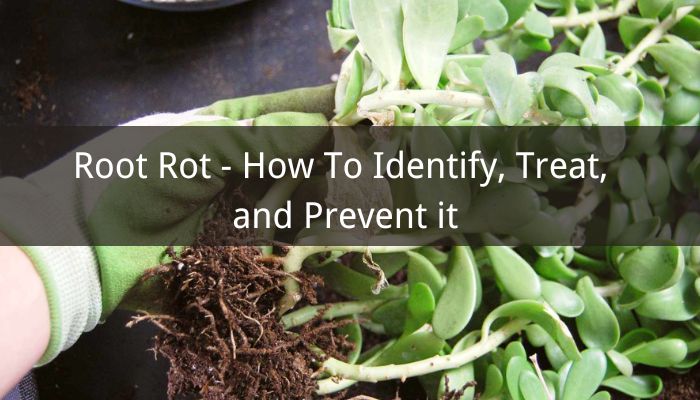
- Growing Tips
Root Rot - How To Identify, Treat, and Prevent it
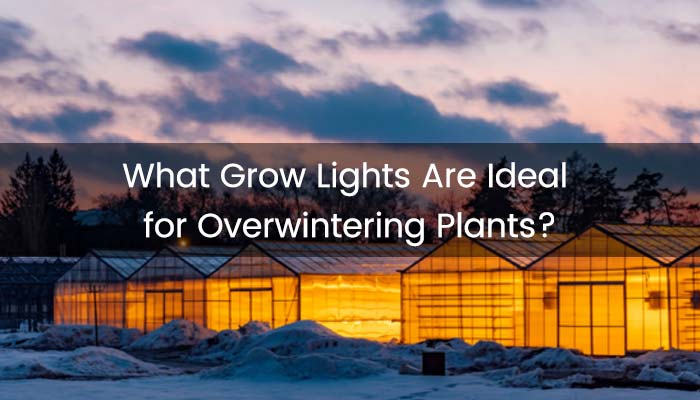
- Growing Tips
What Grow Lights Are Ideal for Overwintering Plants?
Contact Us with Any Idea!
- Choosing a selection results in a full page refresh.
!












